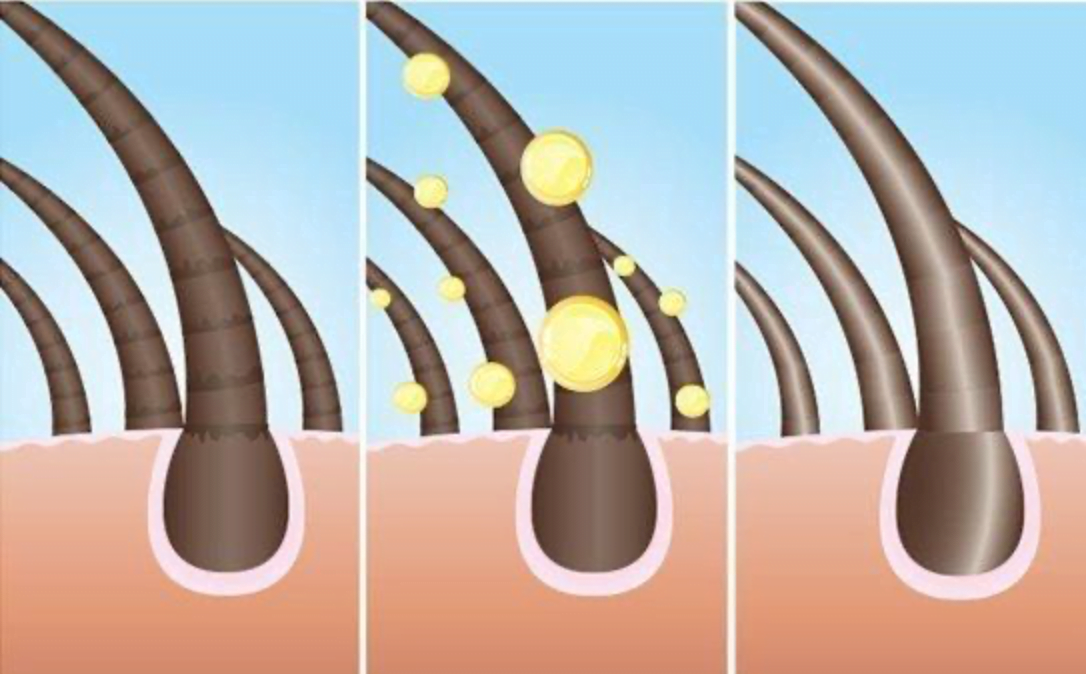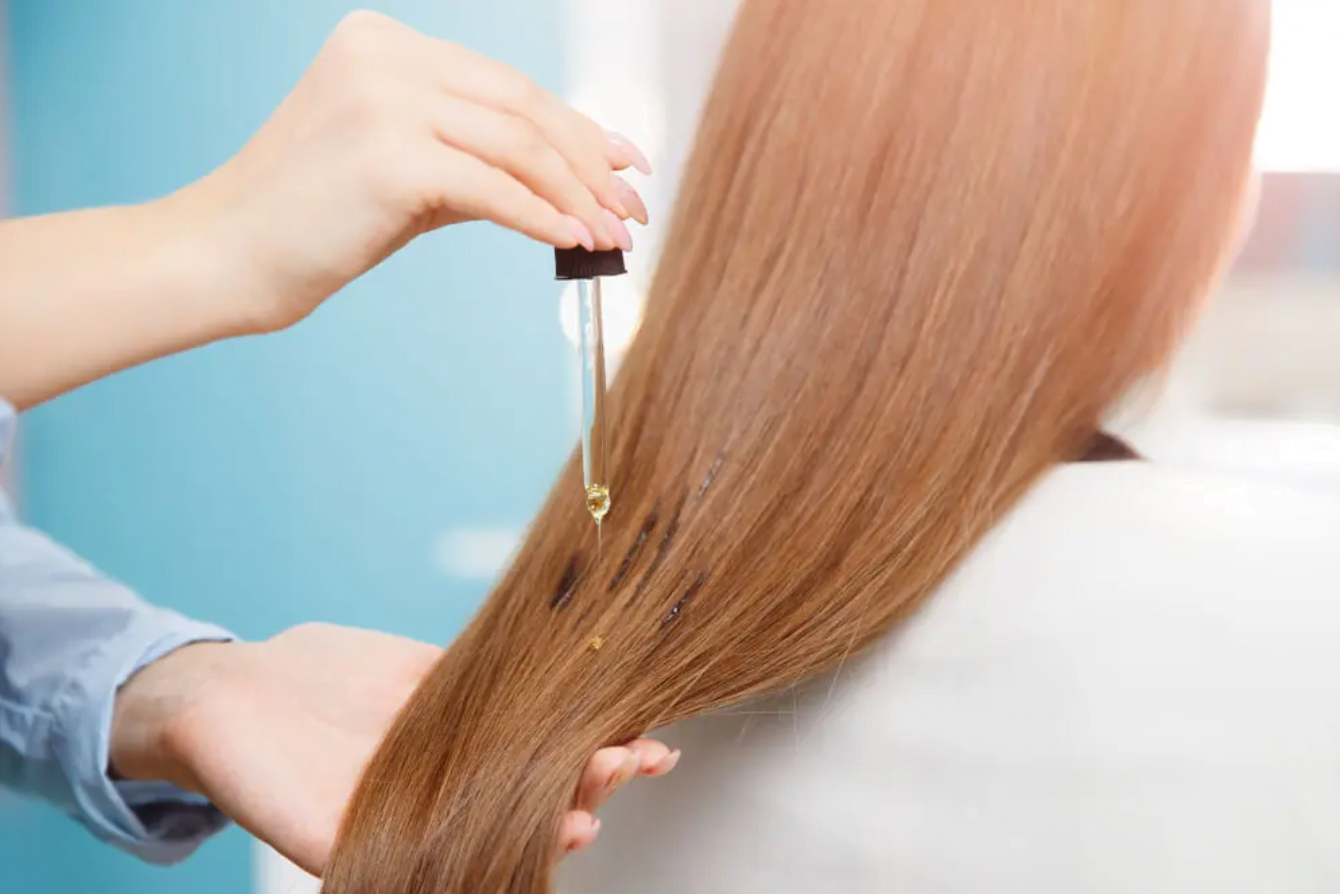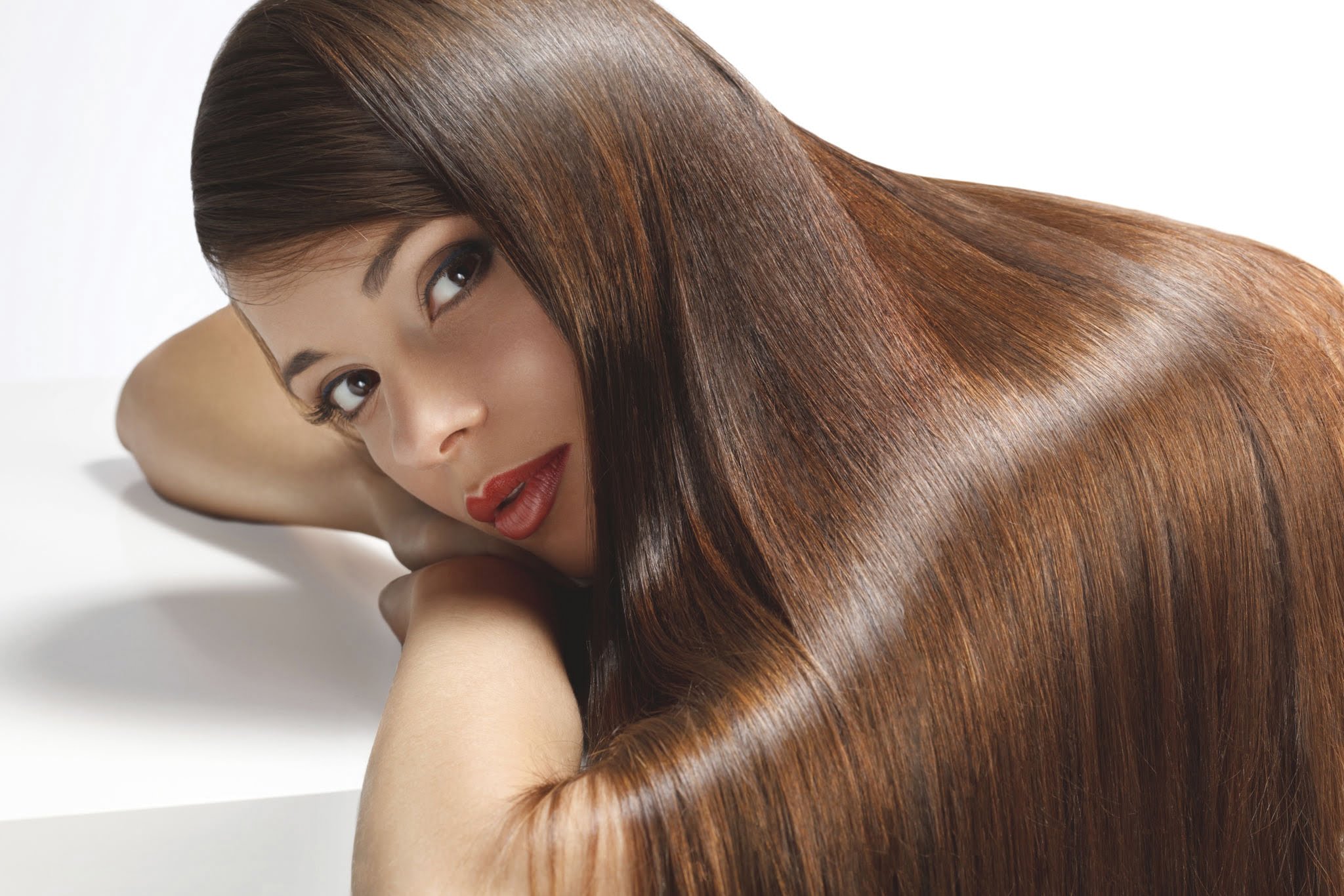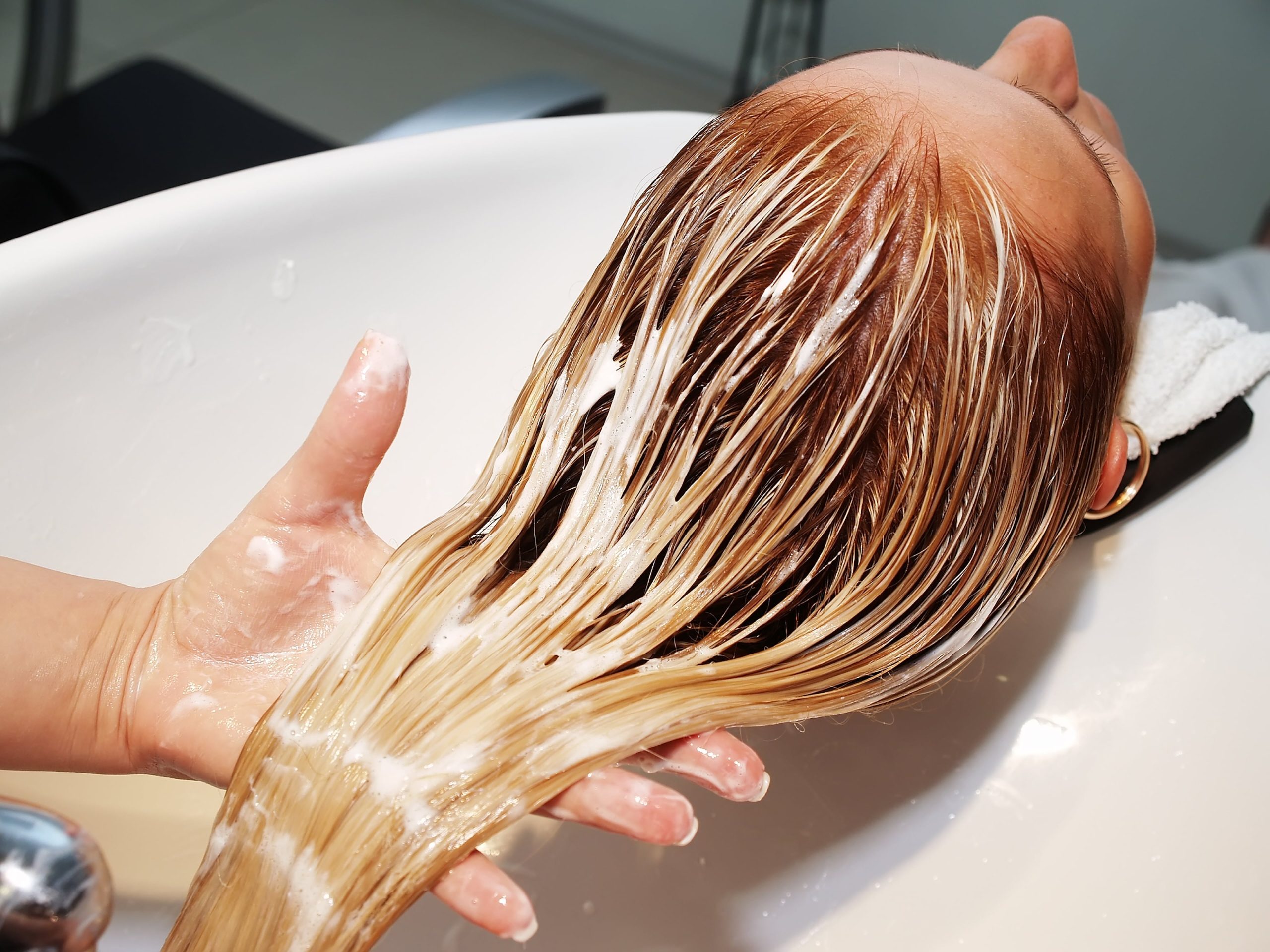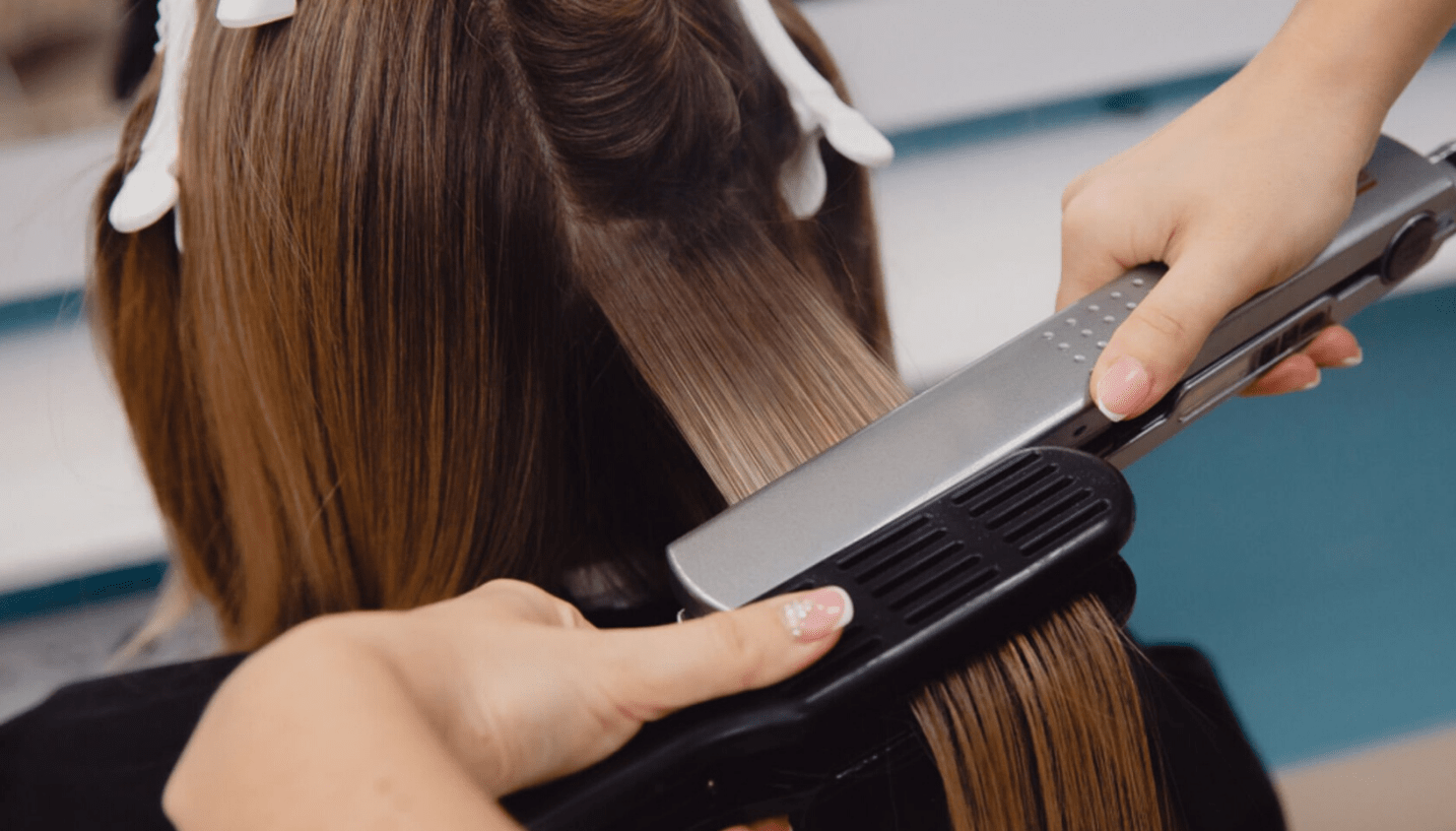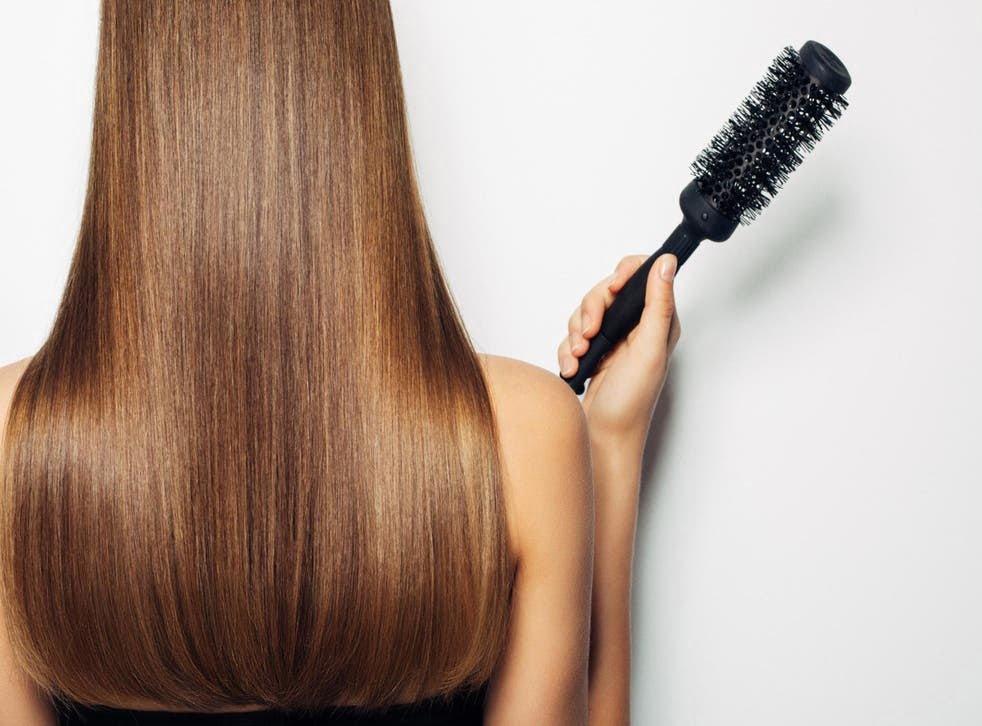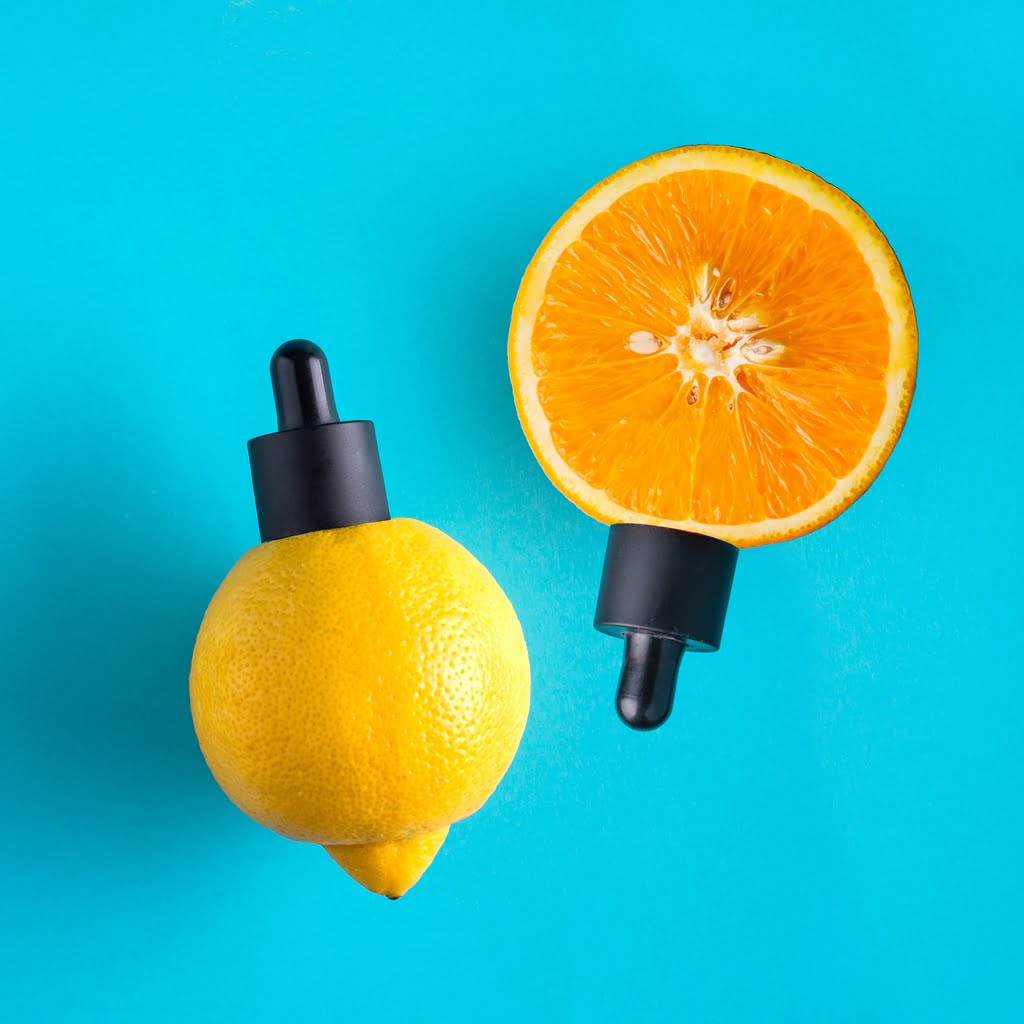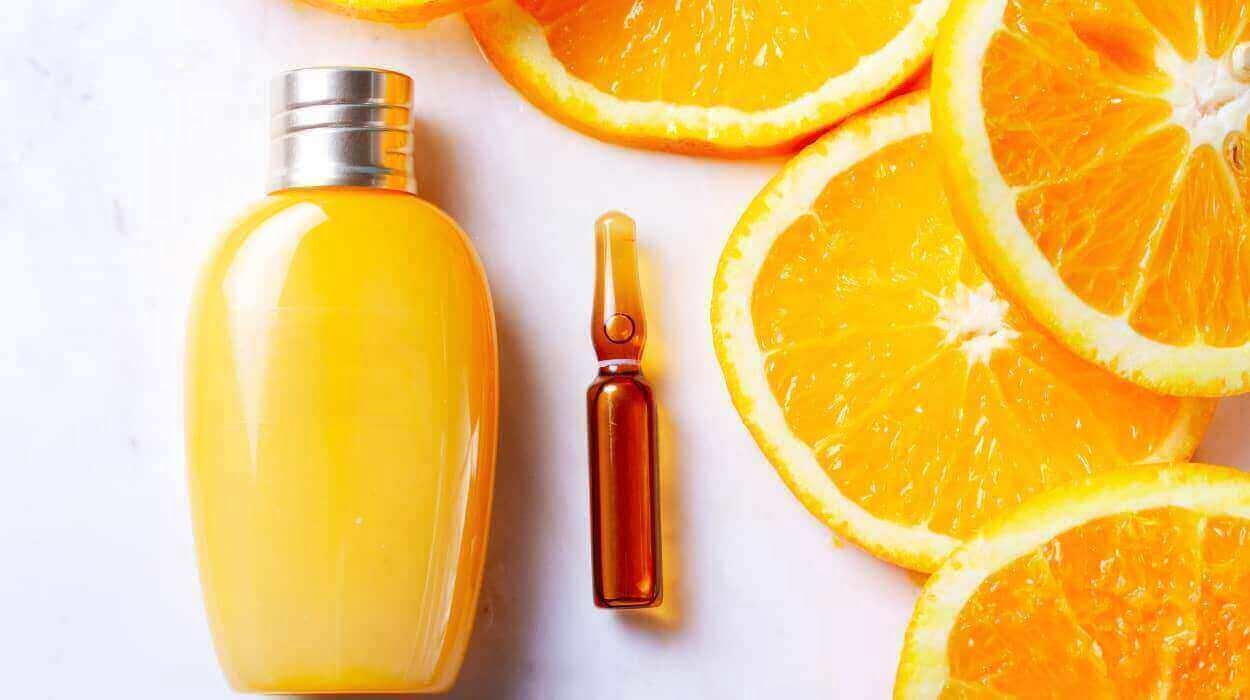(980701), a dermatologist in Newport Beach, California, Dr. “DIY hair masks can work, but they are not as neatly designed as the ones often found in salons,” explains Stefani Kappel. When it comes to hair masks made at home, there really is no such thing as the most adequate mask. Houston-based dermatologist Dr. Geeta Patel says the analysis of finding the true hair mask definition depends on your hair’s needs. For example, some people want it to be shiny, while others may need help removing the bloat.
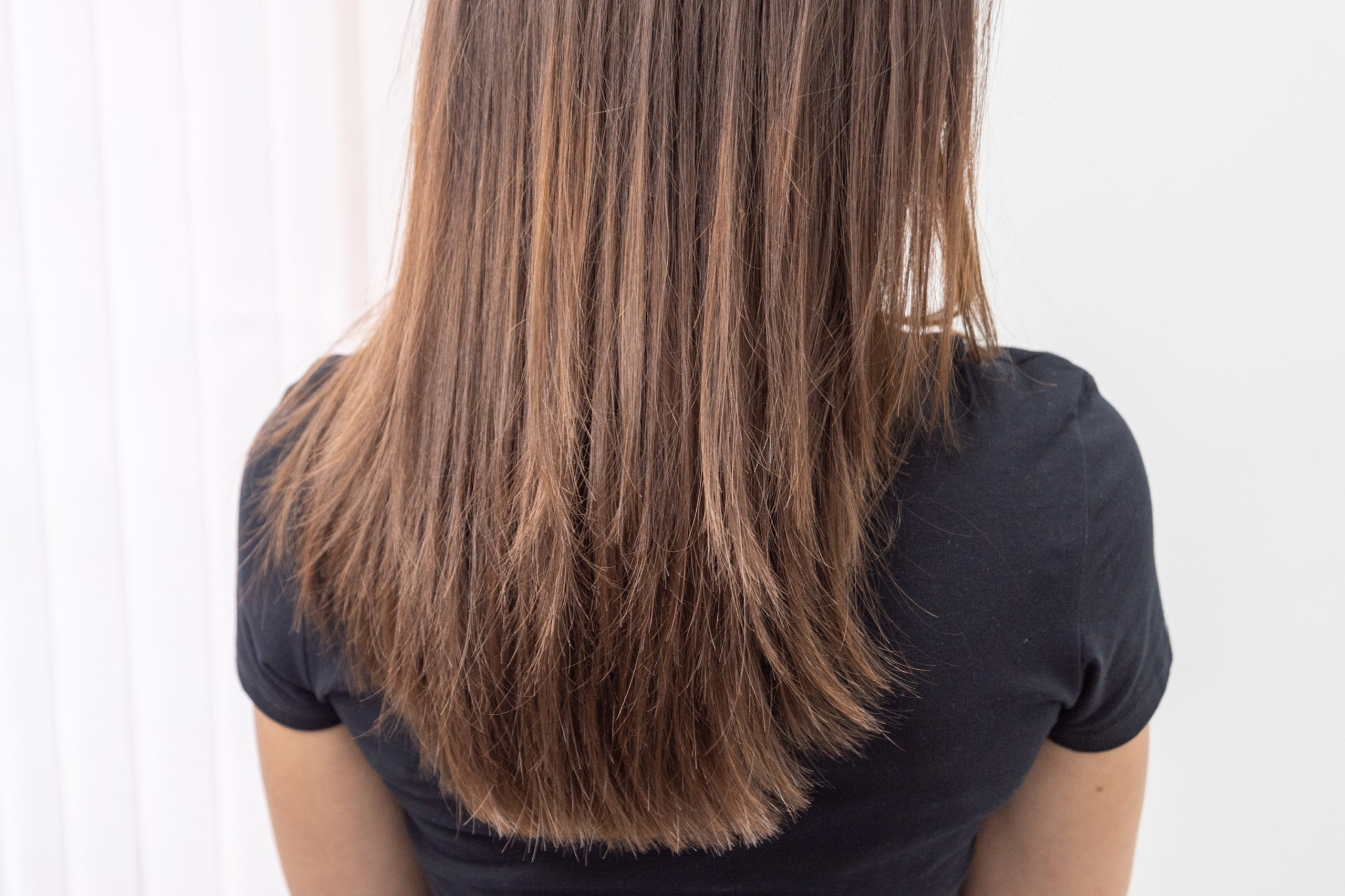
Artifacts that can be used in residential hair masks
There is some formula for residential hair masks: Lation, yogurt to act as a binding agent, biotin -rich You can start with a base such as avocado, banana or mayonnaise. Then you can add a moisturizer, such as honey, which can serve as a moisturizer. Then mix it with an oil such as grapeseed, olive or almond to repair the damage. “I normally avoid anything that is hard to rinse off or hardens, like cocoa butter or oils that freeze,” Lation explains.
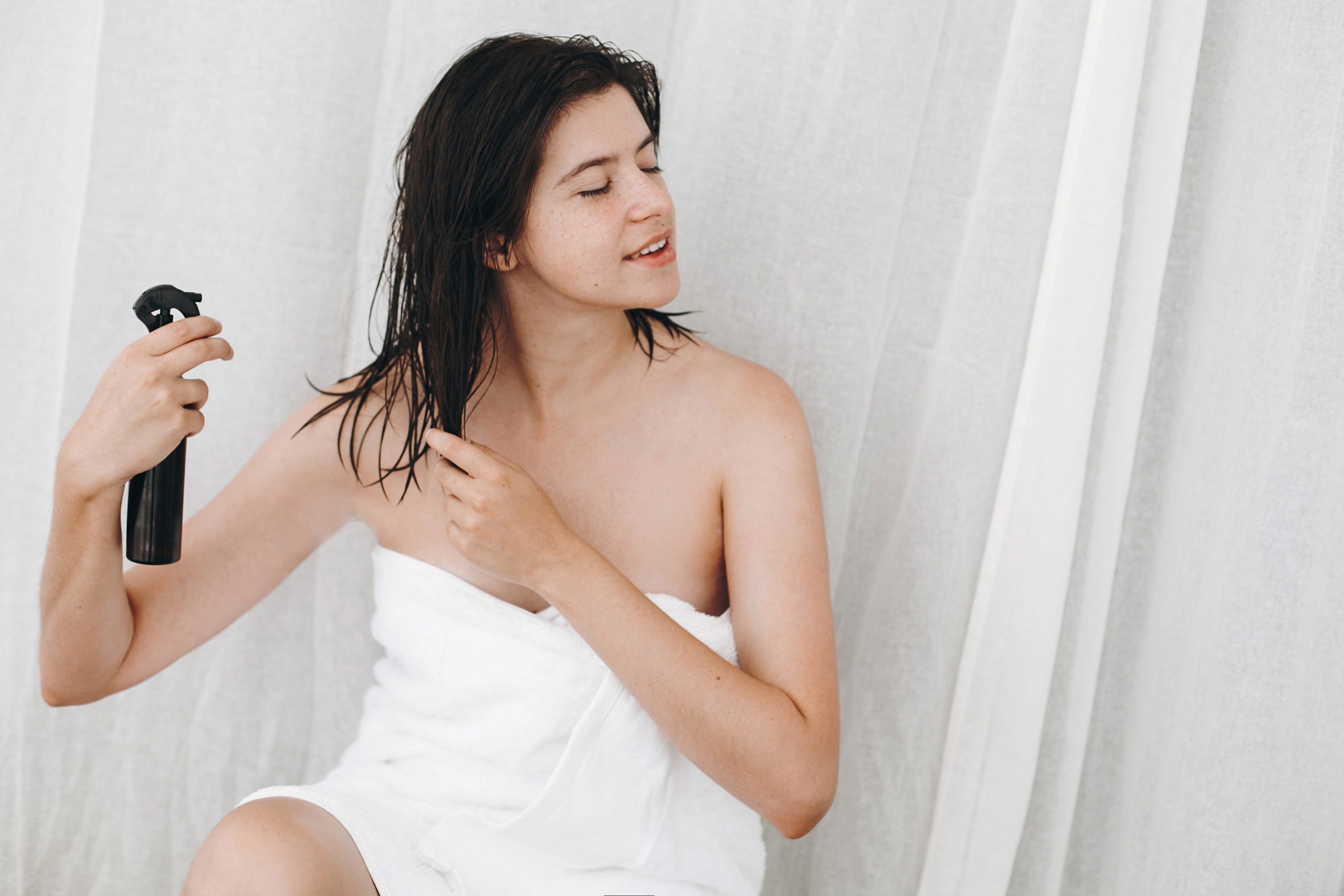
Kappel says natural oils go a long way in creating a moisturizing hair mask. “Some of the most readily available ingredients at home are avocado oil, jojoba oil, and coconut oil,” she says. These natural oils can help repair damaged cuticles of individual hair shafts in treated hair, making them outstanding choices for hair masks for dry and damaged hair. “It’s also very effective in egg whites and yolks,” she explains. Apple cider vinegar is another suitable choice. It helps to increase parkability.
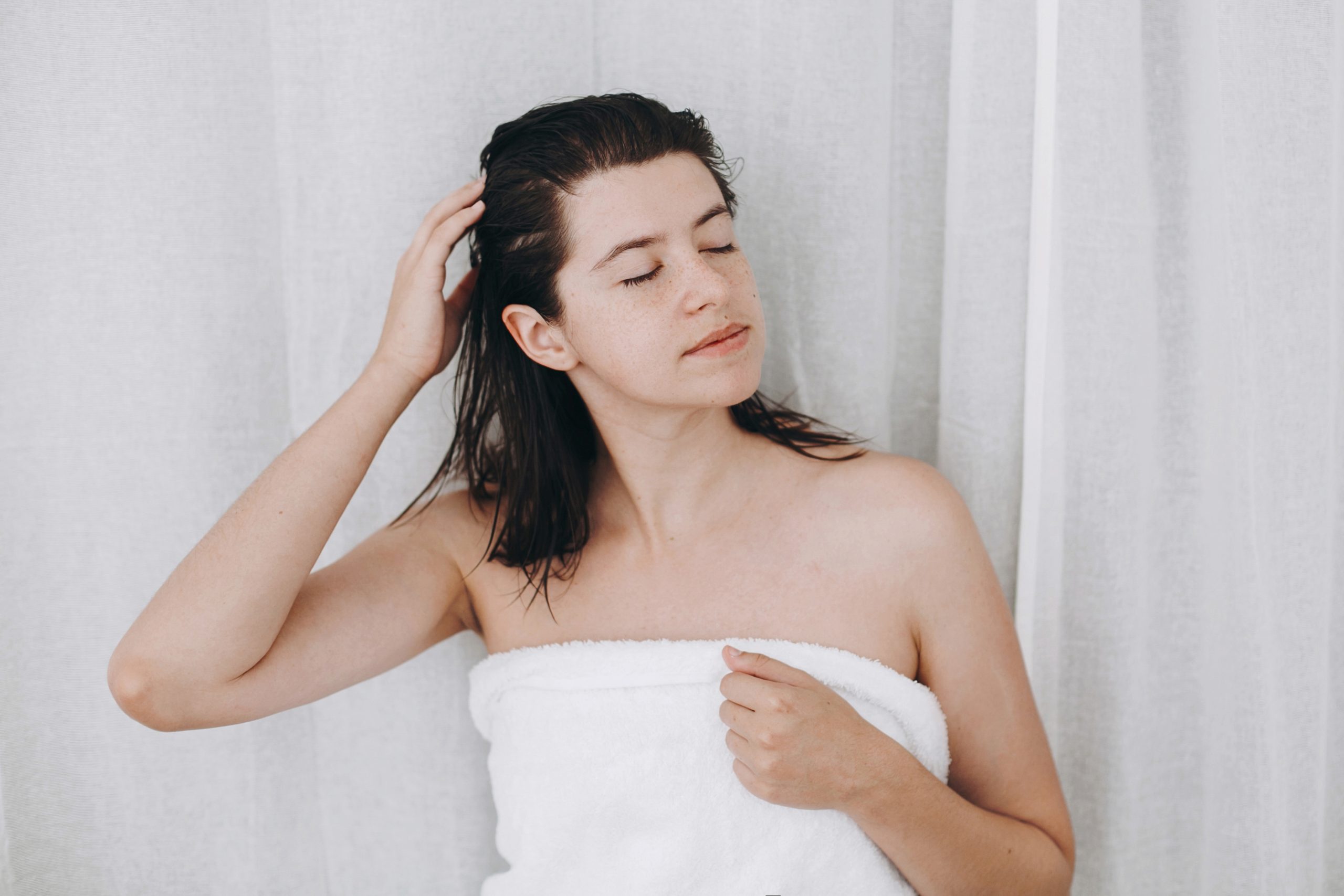
Hair mask definitions for residential production
Hair damaged after dyeing
Materials
– 2 tbsp. full-fat yogurt
– ½ cup of mayonnaise
– 2 tablespoons. coconut oil
How to Make
“To get the most out of this restorative mask, you need to first wash your hair with a clarifying shampoo,” says Monica Davis, stylist in Cedar Rapids, Ohio.
– Next, apply the mask evenly to damp hair, combing it with your fingers from the middle to the ends and do not rub it into the roots.
– “Let the mask do the job for about 50-60 minutes and this time it’s not self-explanatory, rinse with shampoo!” Davis said.
– Finish with your usual conditioner.
For dandruff
Tools
– ½ cup apple cider vinegar
– ½ glass of water
– 10-12 drops of tea tree oil
– 1 tablet of aspirin
How to do it
– “Crush the aspirin,” Davis says.
– Mix the ingredients well in a spray bottle and spray all over your scalp.
– Leave for about 30 minutes and shampoo.
Aspirin contains salicylic acid, which Davis says helps reduce inflammation and exfoliate dandruff. You can repeat this definition with each wash until the dandruff is gone.
For polishing and moisturizing
Materials
– 1½ avocado
– 2 tablespoons olive oil
– 2 tablespoons honey
– Juice of ½ lemon
– 1-3 drops of essential oil of your choice (optional)
How to do
– Blend all ingredients in a blender until smooth .
– Coat hair evenly, cover with a towel and leave for 45 minutes.
– Wash with shampoo and conditioner.
Natural oils from avocado help beautify and moisturize a dry scalp. “The added lemon is an antibacterial and helps with dandruff,” Taylor adds. Olive oil protects hair from heat and honey helps moisturize and shine.

To repair split ends
Tools
– 1 glass of plain yogurt
– 1 tablespoon of castor oil
– 1 tablespoon of coconut oil
– 1 egg
Preparation
– Mix the yogurt until smooth.
– Add remaining ingredients and mix until homogeneous.
– Apply to your hair and leave for at least an hour.
– Rinsewell.
Taylor “One of my favorite products to use is castor oil, which not only nourishes your hair but also helps thicken your hair and acts as a softener to prevent hair loss and breakage.” Taylor. So if you are looking for a residential hair mask for hair growth, this is the one for you.
To prevent hair loss
Tools
– ½ avocado
– 1 egg
– 1 tbsp. coconut oil
– ½ tsp. honey
Preparation
– Mix all the ingredients and massage your hair and scalp.
– Let sit for at least 30 minutes.
– Rinse, shampoo and style as needed.
LarweHair founder and hairdresser Dawn Clemens explains, “One of the biggest contributors to hair loss and thinning hair is a lack of protein in our diet.” She says this mask can give your hair a dose of “protein nourishment”.
To add moisture to the hair
Tools
– 1 banana (the ripper the better)
– 2 teaspoons of olive oil
– 2 teaspoons of coconut milk
How to make it
– Stir the banana just enough until it is lump-free.
– Then add the olive oil slowly while mixing, then add the coconut milk.
To repair damaged hair
Tools
– ½ avocado
– 1 egg
– 1 tbsp. olive oil
– 1 tbsp. honey
How to Make
– Mash all the ingredients together using a fork.
– Apply to dry hair, starting from the ends and moving smoothly over the top.
– When you’re done, collect your hair and put it in a shower cap or wrap it in a towel for up to an hour.
– Rinse with warm water to remove mask, then shampoo.
Calabasas, California dermatologist and renowned beauty expert Dr. “Hair is protein, and this mask contains moisturizing oils and lots of nourishing protein,” says Anna Guanche.
